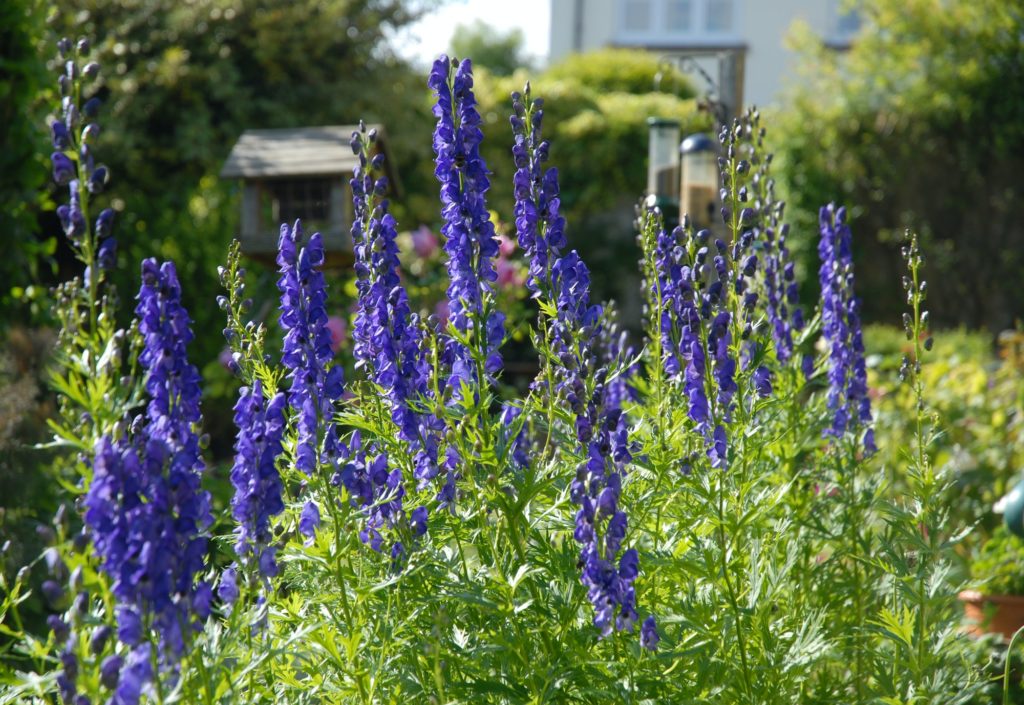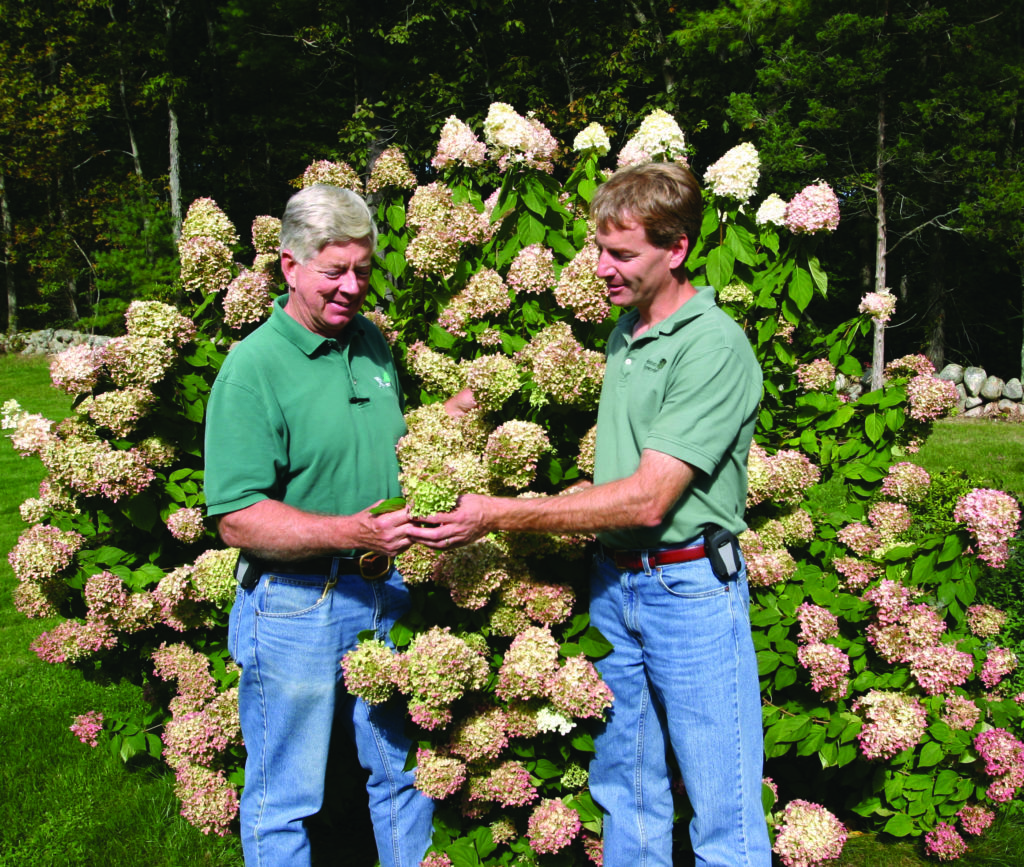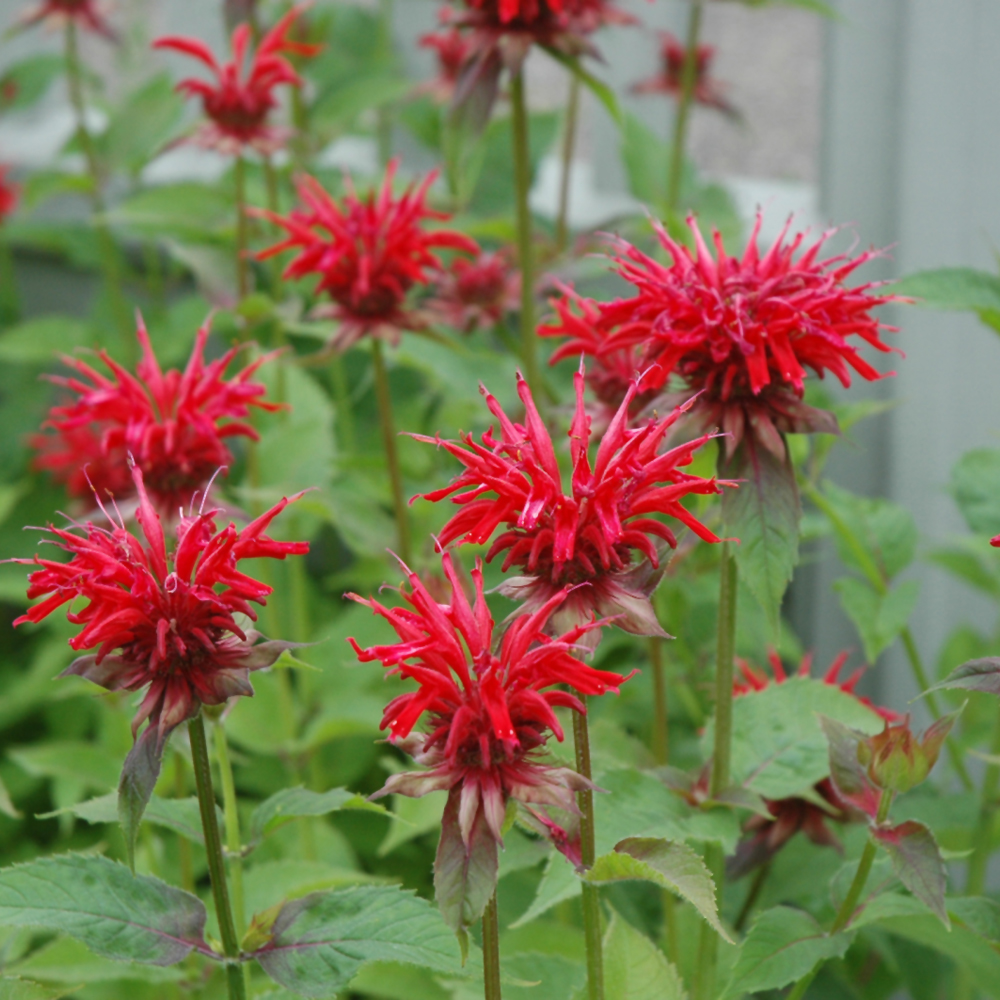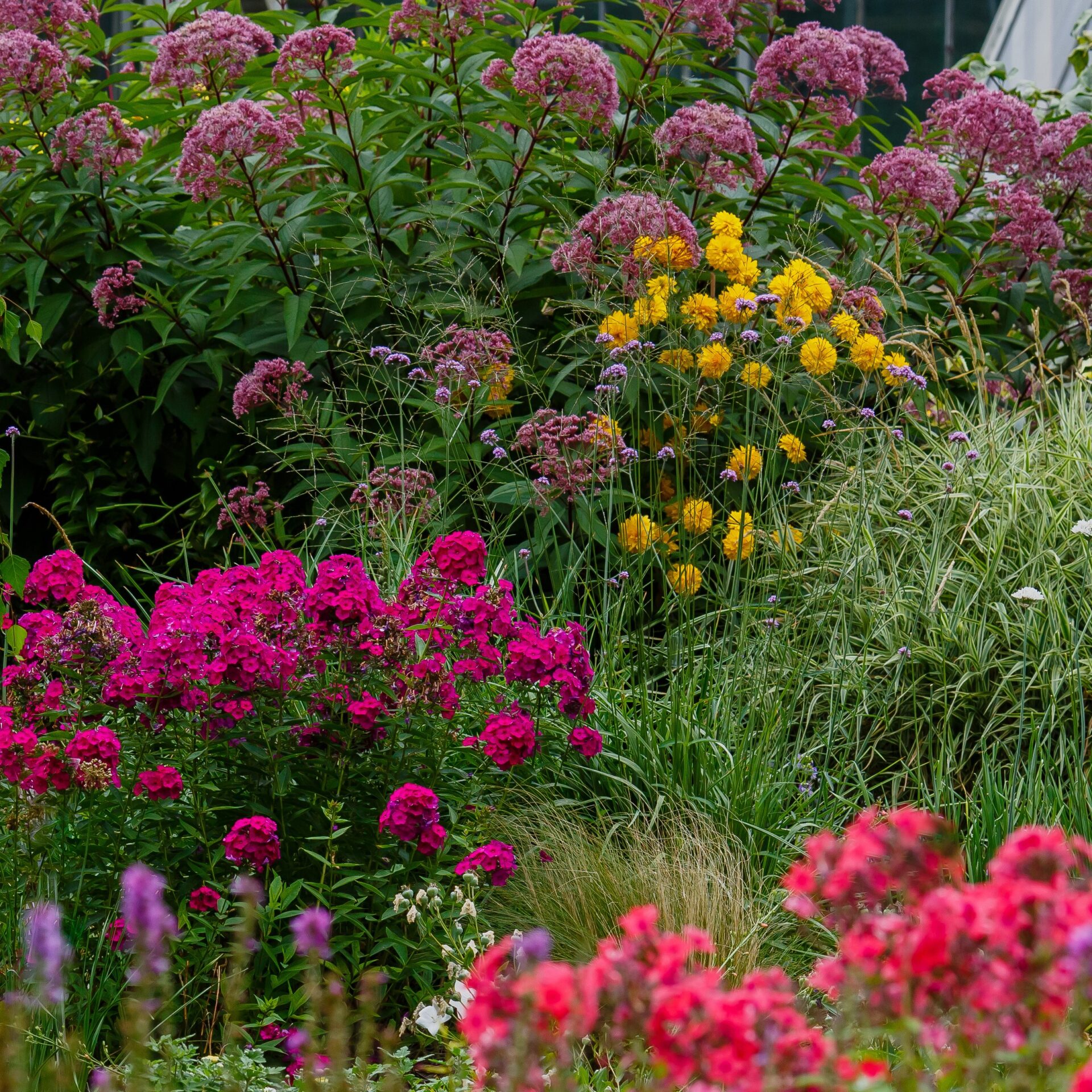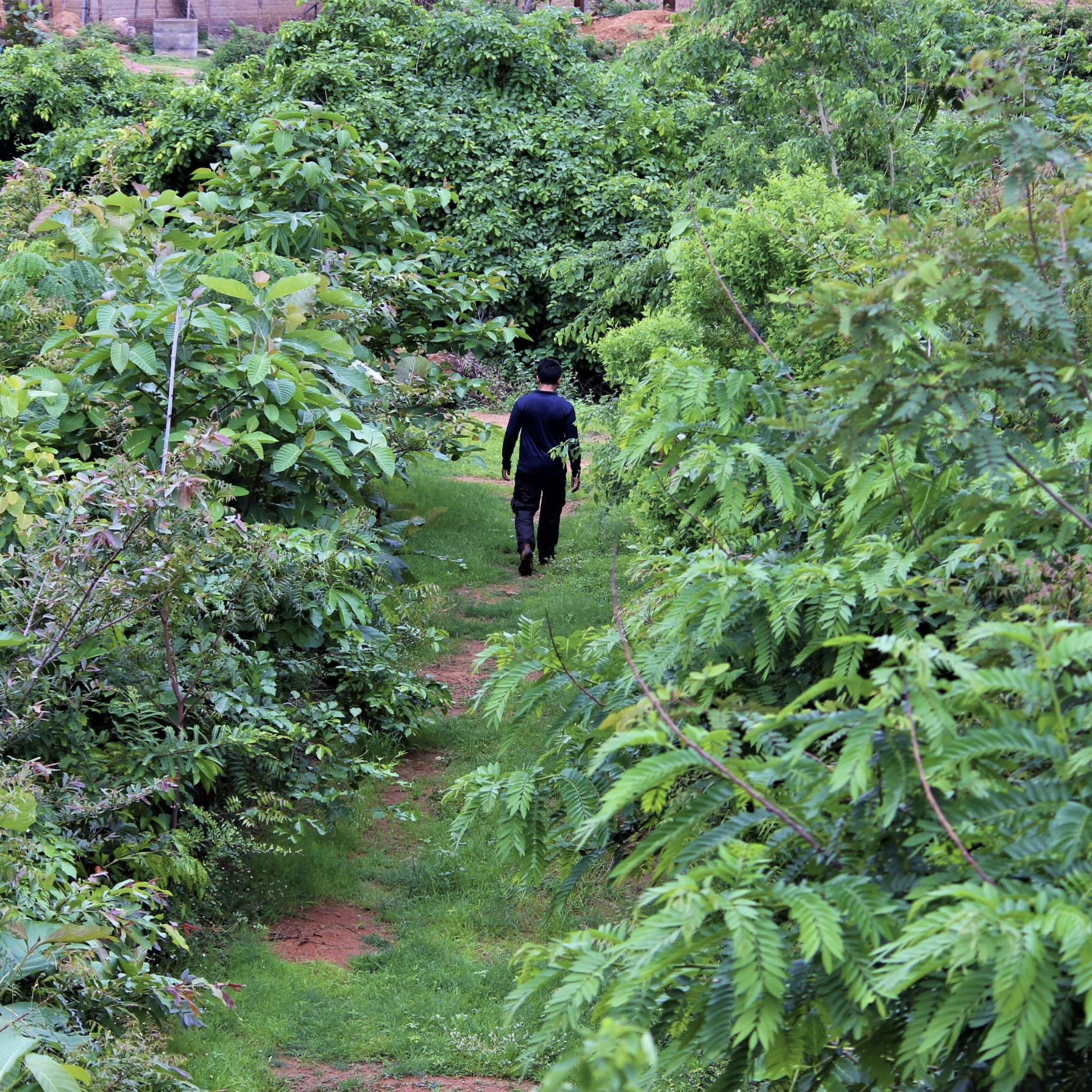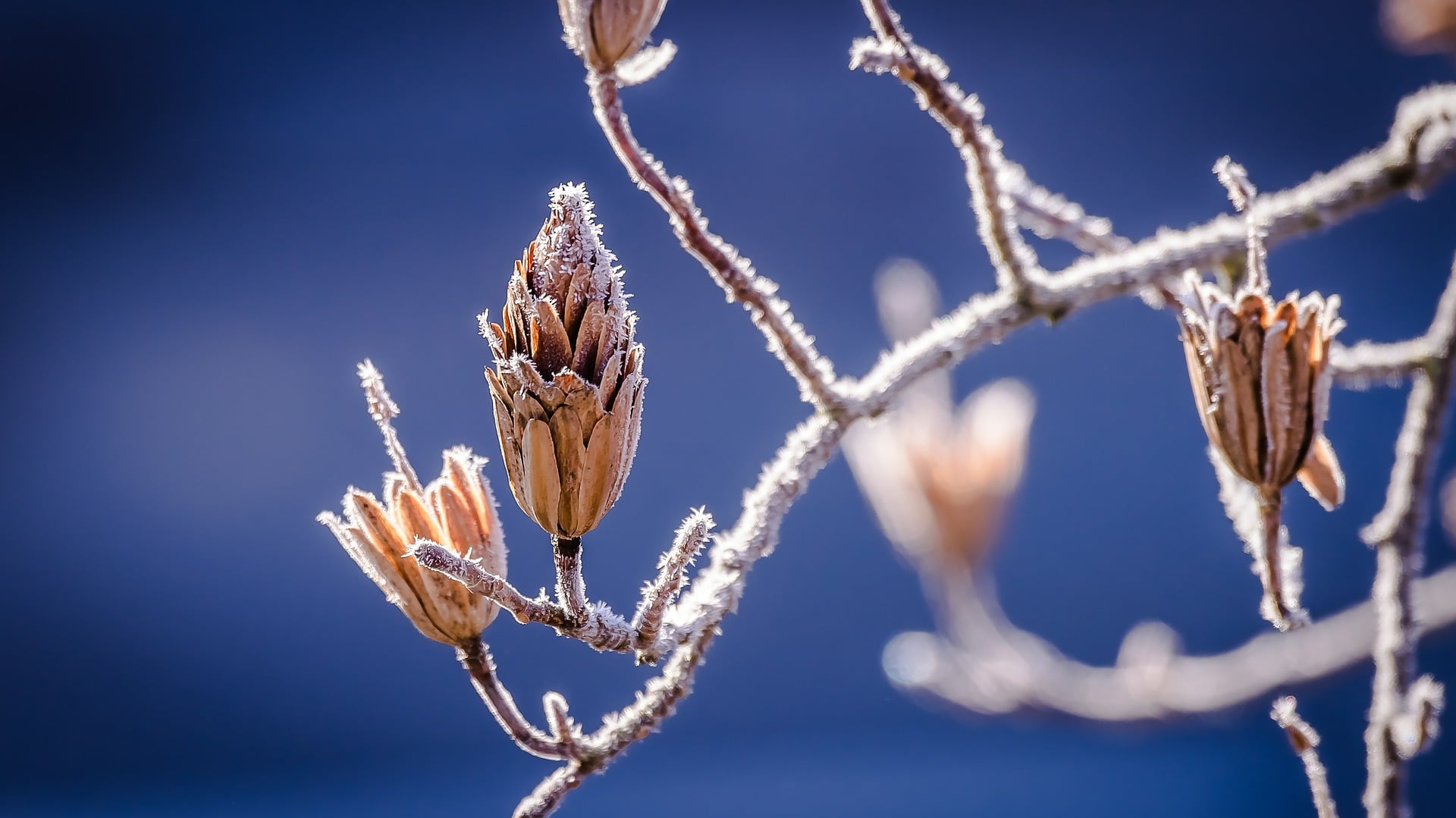
By R. Wayne Mezitt
In this region most winter damage on landscape trees and shrubs results from two major factors: dehydration and physical trauma. Now that winter weather has set-in, it’s too late for many of the pre-winter garden preparations generally recommended. But there’s still time to take some actions that can help protect your plants from dehydration and physical damage until warmer weather arrives next spring.
Dehydration occurs when a plant’s root system is unable to resupply cells with moisture lost by respiration and evaporation through leaves, stems and buds; some plant tissues and cells are particularly susceptible when subjected to heat of the sun while their root zones are frozen. Plants growing above ground in pots are at greater risk from dehydration because their roots, uninsulated by ambient ground temperatures, soon fall to the surrounding air temperature.
Windy conditions and salt applications (which absorb water) amplify the effects of dehydration, as do extended periods of cold temperatures. Tissues in winter-dehydrated foliage can be damaged and lose their ability to support cell turgidity, often turning off-color before dying, resulting in the “leaf burn” or “sun scald” that shows up on some evergreen foliage after winter. Stems can shrivel and sometimes split-open with sudden temperature drops after a warm period. Flower and growth buds, especially on some plants better suited to warmer climates than Zone 5 (like some peach tree, bigleaf hydrangea and rhododendron cultivars), can also be damaged by colder temperatures than they can tolerate, dehydrate and lose viability.
Fortunately most of the plants we rely upon in our landscapes are well adapted to tolerate normal winter temperature fluctuations and below-freezing temperatures, even for protracted periods, without suffering damage. Snow-cover, even a shallow amount, also helps insulate the ground and moderate root temperatures. With extreme cold you’ll often see rhododendrons leaves rolled-up (looking like pencils!): this protective mechanism closes their pores and reduces transpiration. Most trees and shrubs apply similar measures to protect stems and buds from dehydration during their dormant periods. Thanks to the wet weather we experienced in late fall just prior to freeze-up, damage from soil dehydration is less likely this winter.
Physical Damage. Even though most landscape trees and shrubs tolerate normal seasonal snow and ice conditions, unusually-heavy accumulations can weigh-down branches and stems and cause breakage. Damage by browsing deer and bark-girding rodents is also a possibility in this region, particularly in winters that have deeper snow cover. Plants can be damaged by snow/ice falling off structures and by snow piled-up against them. Last fall’s unusually-prolonged warmth caused many deciduous trees and shrubs (like maples and magnolias) to hold their leaves far longer than normal: eventually any remaining retained leaves will fall off; but until they do they’ll catch more wind, snow and ice which increases the risk of breakage.
Damage Prevention. If you have plants that are not well-suited for this climate (UDSA Zone 5), or already showing damage, or planted in susceptible locations, here are some actions you can take even now to help protect them:
• Bring potted plants into an unheated area (like a garage) where temperature extremes are moderated so their roots stay warmer and out of the wind;
• Loosely-wrap susceptible plants with burlap (not plastic!) to shield winter sun and salt spray;
• Tie-up open-branched trees and shrubs to avoid catching snow and ice;
• Surround deer-browse-prone plants with deer-fencing mesh (available at your garden center);
• Wrap trunk-protectors (available at your local garden center) around tree trunks to discourage girdling by rodents and rabbits.
Sustainable landscapes are the result of longer-term planning: the preventative steps listed above should not be needed if you choose plants appropriate for this climate and they are installed in the right locations. Broadleaf evergreens and other plants susceptible to dehydration should be properly sited where they don’t heat-up with winter sun or are exposed to excessive winds or salt applications. Loosely-branched upright-growing shrubs should be pruned to strengthen lower branches so they shed snow loads: wider at their bottoms than their tops, and not planted close to potential sources of snow/ice damage.
Winter dormancy is nature’s normal resting period, and many temperate plants require dormancy to thrive. A well-designed garden should be a joy, not a burden. Some savvy homeowners even leverage the unique winter appeal of selected trees’ and shrubs’ bark, stem, fruit and form to develop a “winter garden” that provides a “bonus” season of pleasure around their home.
Once March arrives and spring is in the air, visit your local garden center and talk with the experts; they can provide reliable advice about proper plants and techniques to help minimize winter damage and enhance your yard’s year-round visual enjoyment going forward.
About the Author
Wayne Mezitt is a 3rd generation nurseryman, a Massachusetts Certified Horticulturist, now chairman of Weston Nurseries of Hopkinton, Chelmsford & Hingham MA, and owner of “Hort-Sense”, a horticultural advisory business. He currently serves in various capacities on several horticulturally-related organizations, including the Massachusetts Horticultural Society at The Gardens at Elm Bank in Wellesley MA, and chairman for the Massachusetts Invasive Plant Advisory Group (MIPAG).

